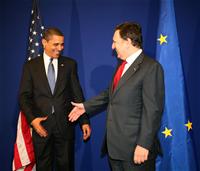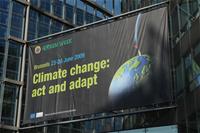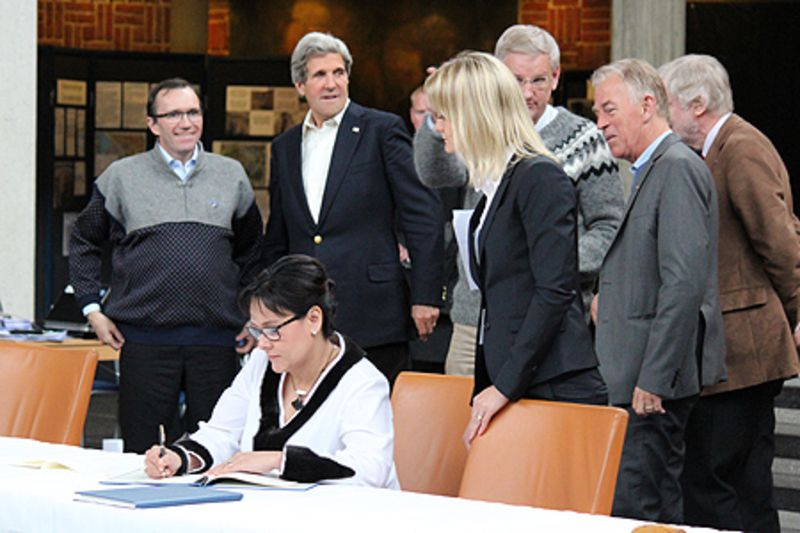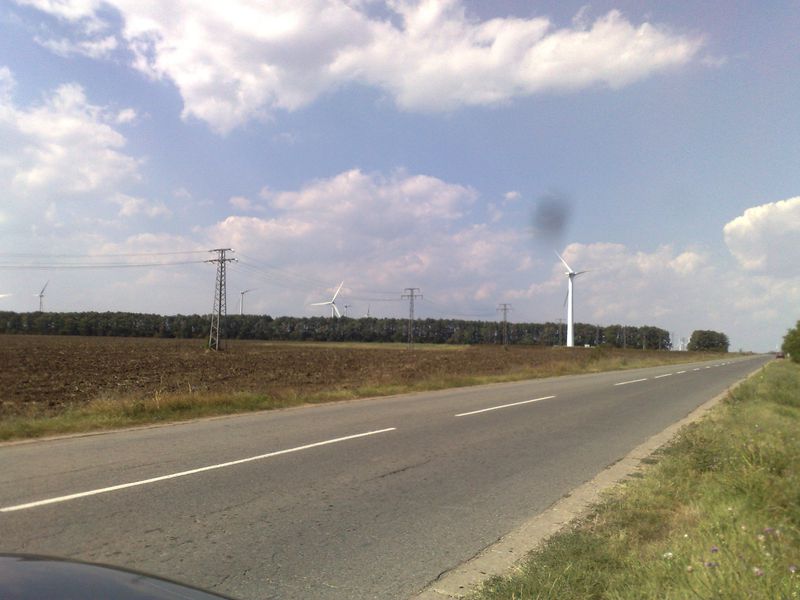The US is on its way to make a Green revolution
Adelina Marini, June 28, 2009
 The US has demonstrated for a consecutive time since Barack Obama became president, its ability to change revolutionary its policies. The subsequent revolution has started with the House of Representatives approval of a climate bill which would establish national limits on greenhouse gases, create a complex trading system for emission permits and provide incentives to alter how individuals and corporations use energy. This is an enormous step forward not only with regard to the US behaviour toward global climate change but also in its relations with the many lobbyist interests which until recently managed to stop climate to override industry.
The US has demonstrated for a consecutive time since Barack Obama became president, its ability to change revolutionary its policies. The subsequent revolution has started with the House of Representatives approval of a climate bill which would establish national limits on greenhouse gases, create a complex trading system for emission permits and provide incentives to alter how individuals and corporations use energy. This is an enormous step forward not only with regard to the US behaviour toward global climate change but also in its relations with the many lobbyist interests which until recently managed to stop climate to override industry.
The bill has been narrowly approved with 219 to 212. The bill, if it became law, would lead to vast changes in the ways energy is made, sold and used in the United States -- putting new costs over time on electricity from fossil fuels and directing new billions to "clean" power from sources such as the wind and the sun. Beside this, the bill require U.S. emissions to decline 17 percent by 2020. To make that happen, the bill would create an economy that trades in greenhouse gases, a system very similar to the European one. The levels pre-2005 will be used as a starting point. The ambition is further drop of 83% of gas emissions by 2050.
President Obama made the bill one of his two major domestic priorities, along with health-care reform, which also scandalized society in the US. According to the "Washington post" newspaper the passing of the climate bill would be much harder. The opponents of the 1,300-page bill claim it would add crushing costs to energy and ship millions of jobs to countries such as China that do not have climate regulations.
A lot of tax reliefs and stimulations are also included in the bill for farmers that use tilling techniques that would keep carbon dioxide trapped in the soil.
It is quite possible with this bill, if further approved, the US to take the leading role in the fight with climate change worldwide, since the new administration in Washington prioritized it. So far the EU claimed the leading position in these efforts but the lack of possibilities for convincing influence over the interests of 27 member states, makes this battle much harder.
Where does the EU stand, in fact? In March 2007 the EU leaders agreed to cut carbon dioxide emission with at least 20% until 2020. But this split further member states because the agreement  did not take an account of claims of countries like Bulgaria, for example, which had to start cutting from the levels of 2005 which is quite damaging. Bulgaria insists the basis year to be 1988.
did not take an account of claims of countries like Bulgaria, for example, which had to start cutting from the levels of 2005 which is quite damaging. Bulgaria insists the basis year to be 1988.
And last week the Environment Council of the EU reached a political agreement for the creation of new legislation for industrial pollution. The IPPC Directive seeks to prevent and control, in a coordinated way, pollution of the air, water and soil resulting from emissions from industrial installations. It regulates emissions of a wide range of pollutants, including sulphur and nitrogen compounds, dust particles, asbestos and heavy metals. The directive is aimed at improving local air, water and soil quality, not at mitigating the global warming effects of some of these substances. Emissions of carbon dioxide are not covered by IPPC.
 After the Council reached this political agreement it will have to be approved by the EP on a second reading. It is also expected the EU to prepare its position for the international climate change conference that will take place in Copenhagen in the end of the year. Until then it is expected that there will be more clarity who would lead the efforts to avoid climate change and the fight with the economic interests, especially in times of hard global financial and economic crisis.
After the Council reached this political agreement it will have to be approved by the EP on a second reading. It is also expected the EU to prepare its position for the international climate change conference that will take place in Copenhagen in the end of the year. Until then it is expected that there will be more clarity who would lead the efforts to avoid climate change and the fight with the economic interests, especially in times of hard global financial and economic crisis.
 | © Government of Sweden
| © Government of Sweden | © КРИБ
| © КРИБ | © euinside
| © euinside